Oil & Petroleum Industry
The Indian oil & petroleum industry is a critical sector contributing nearly 25% of India's total energy consumption and is expected to reach a market size of $400 billion by 2030. With state-run enterprises like ONGC, Indian Oil, BPCL, and private players like Reliance and Adani, the industry is rapidly modernizing. However, inefficiencies in exploration, refining, distribution, and compliance remain significant challenges.
Problem Statement
Traditional workflow management in the oil & gas sector in India faces several bottlenecks:
Manual Inspection Delays: Refinery equipment and pipeline inspections rely on human intervention, leading to delayed maintenance and costly shutdowns.
Inefficient Supply Chain: Crude oil transportation and refining logistics suffer from ineffective demand forecasting and inventory mismanagement.
Regulatory Compliance Challenges: The sector must adhere to strict environmental and safety regulations, leading to frequent audits and paperwork overload.
High Operational Costs: Manual workforce dependency increases human error risks, inefficiencies, and labor costs.
AI Automation Solution
To address these inefficiencies, leading oil & petroleum companies in India are integrating AI-driven workflow automation in three key areas:
A. Predictive Maintenance & Automated Inspections
AI-powered Drones & IoT Sensors scan pipelines, offshore rigs, and refineries for anomalies.
Machine Learning Models predict equipment failure before it occurs, reducing downtime by 40%.
Automated Maintenance Scheduling ensures real-time alerts and prioritization.
Example: Indian Oil Corporation (IOC) deployed AI-based drone monitoring for its pipelines, reducing leak detection time by 60% and saving ₹100 crores annually.
B. AI-Driven Supply Chain Optimization
AI algorithms forecast crude oil demand based on global price fluctuations and market trends.
Automated Inventory Management prevents stock shortages and excess supply issues.
Smart Routing Algorithms optimize tanker movements, reducing fuel wastage and logistics costs by 20%.
Example: Reliance Industries integrated AI-based predictive logistics, reducing refining delays by 35% and improving crude procurement efficiency.
Traditional workflow management in the oil & gas sector in India faces several bottlenecks:
Manual Inspection Delays: Refinery equipment and pipeline inspections rely on human intervention, leading to delayed maintenance and costly shutdowns.
Inefficient Supply Chain: Crude oil transportation and refining logistics suffer from ineffective demand forecasting and inventory mismanagement.
Regulatory Compliance Challenges: The sector must adhere to strict environmental and safety regulations, leading to frequent audits and paperwork overload.
High Operational Costs: Manual workforce dependency increases human error risks, inefficiencies, and labor costs.
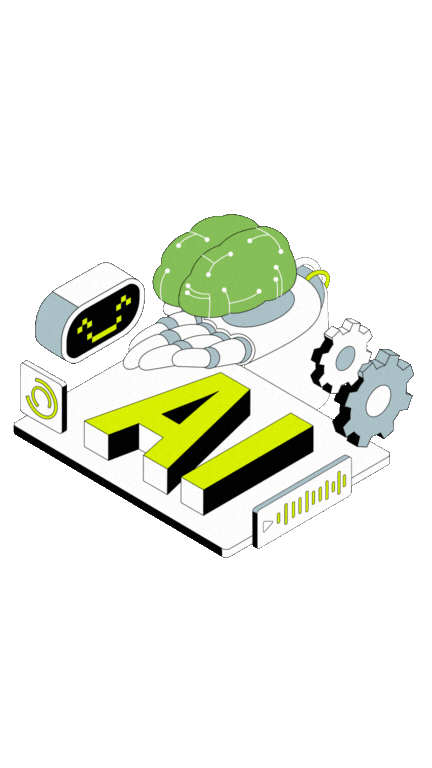





INDUSTRY x ai
Insurance Industry
India’s insurance sector is one of the fastest-growing markets, expected to reach $200 billion by 2030 with a CAGR of 14%. However, the industry is heavily reliant on manual underwriting, claims processing, and fraud detection, making AI-driven automation a game-changer.
Major players include LIC, HDFC Life, ICICI Lombard, Bajaj Allianz, SBI Life, and Max Life, along with new-age insurtech startups like Acko, Digit, and PolicyBazaar, which are rapidly digitizing the sector.
Problem Statement
Despite its rapid growth, the Indian insurance industry faces several inefficiencies:
Slow and Manual Underwriting – Risk assessment is heavily dependent on paperwork and human evaluation, leading to delays and high operational costs.
Fraudulent Claims – India records over ₹45,000 crores ($5.4B) in insurance frauds annually, with weak detection mechanisms.
Inefficient Claims Processing – Claims approvals can take weeks due to dependency on manual verification and legacy systems.
Lack of Personalized Customer Experience – Policy recommendations and support are generic rather than tailored to individual needs
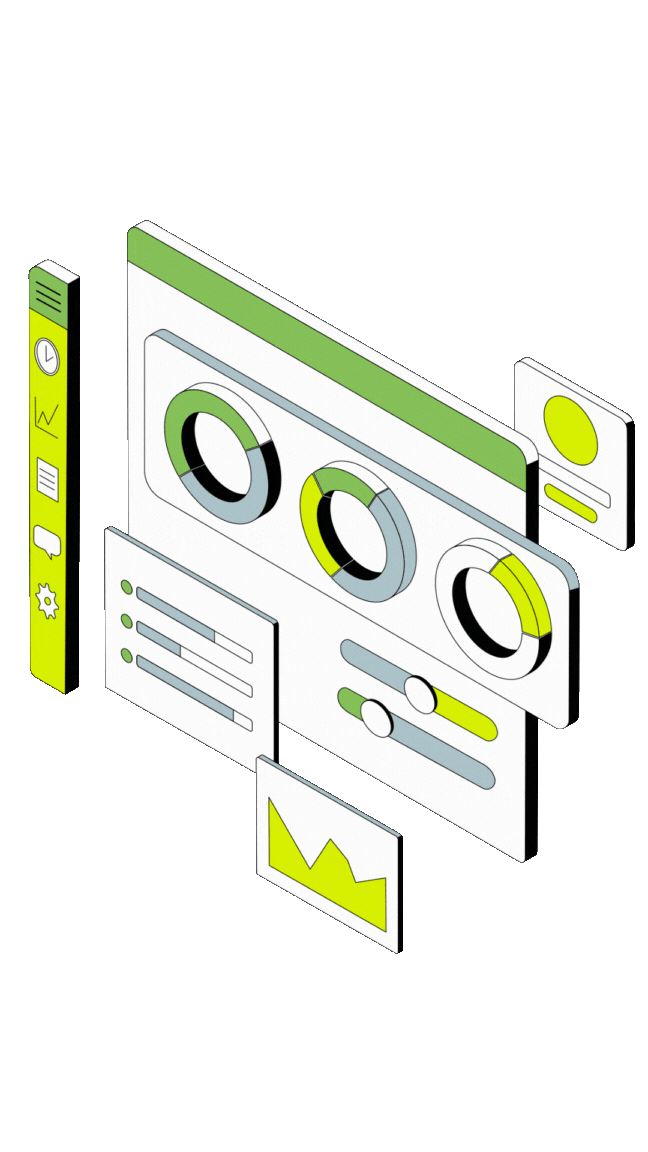

AI Automation Solution
To address these inefficiencies, insurance companies are integrating AI-powered automation in three key areas:
A. AI-Powered Underwriting & Risk Assessment
Machine Learning for Policy Pricing – AI evaluates customer risk by analyzing health records, financial history, and lifestyle patterns.
Automated Document Processing – AI-powered OCR (Optical Character Recognition) scans and verifies documents instantly.
Dynamic Policy Adjustments – AI models personalize premiums based on real-time data from wearables, driving patterns, and financial transactions.
Example: ICICI Lombard uses AI-based underwriting, reducing policy approval time from 3 days to under 30 minutes.
B. AI in Fraud Detection & Claims Processing
AI-Based Fraud Detection Systems – AI algorithms analyze claim patterns, detect anomalies, and flag fraudulent claims instantly.
Automated Claims Settlement – AI chatbots and image recognition verify accident claims and process payouts without human intervention.
Blockchain & AI for Claims Transparency – AI smart contracts prevent fraud by ensuring real-time claim verification and approvals.
Example: Bajaj Allianz implemented AI-driven fraud detection, reducing fraudulent claims by 25% and saving over ₹500 crores annually.
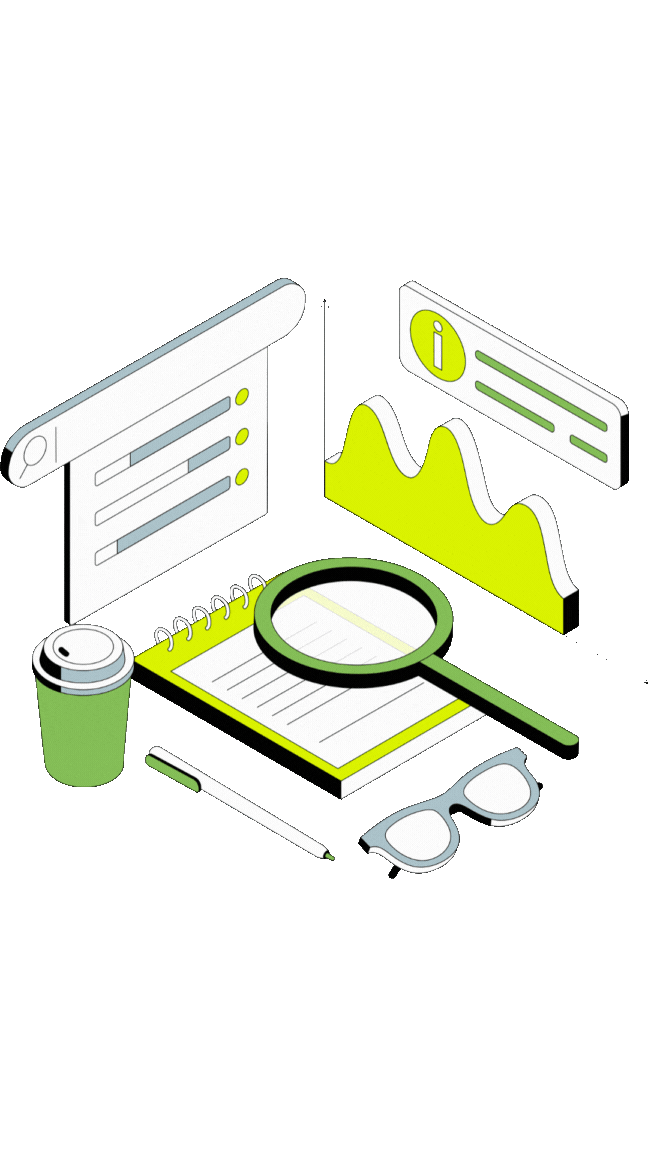



C. AI-Driven Customer Experience & Chatbots
AI-Powered Virtual Assistants – Chatbots answer customer queries, recommend policies, and assist with renewals 24/7.
Personalized Insurance Recommendations – AI analyzes customer behavior to suggest customized insurance plans.
Voice & Sentiment Analysis – AI-driven customer support detects frustration and urgency, ensuring faster issue resolution.
Example: Acko Insurance uses AI-powered chatbots for policy issuance and customer support, reducing human workload by 60%


Defence & Aero Industry
India’s Defence & Aerospace sector is undergoing a major digital transformation, driven by initiatives like Make in India, Atmanirbhar Bharat, and Defence AI Strategy. With a projected market size of $70 billion by 2030, automation and AI are becoming critical for enhancing national security, optimizing military logistics, and streamlining aerospace operations.
Key players in India include DRDO, HAL (Hindustan Aeronautics), ISRO, Bharat Electronics Ltd (BEL), and private companies like Tata Advanced Systems, L&T Defence, and Mahindra Aerospace.
Problem Statement
Despite rapid modernization, the sector faces critical challenges:
Manual Decision-Making Delays: Traditional threat assessment and strategic decision-making rely heavily on human intelligence, leading to delays.
Inefficient Maintenance & Supply Chain: Aircraft, warships, and defense equipment require predictive maintenance, but most operations still follow rigid, time-based schedules rather than real-time needs.
Security Risks & Cyber Threats: The rise of cyber warfare and drone threats demands automated threat detection & response.
Space Mission Complexity: Manual planning and simulations for aerospace projects slow down mission execution and increase costs.
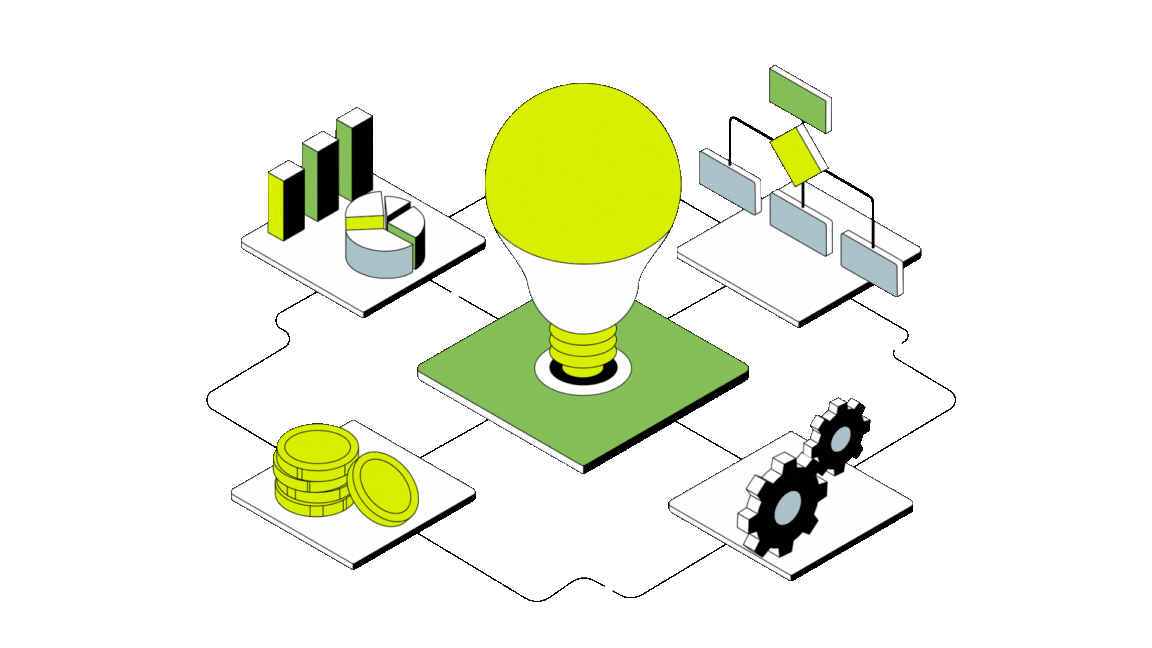

AI Automation Solution
India’s Defence & Aerospace sector is leveraging AI-driven automation in four key areas:
A. AI-Powered Threat Detection & Decision Support
AI-enabled Surveillance Systems process real-time data from satellites, drones, and radar to detect anomalies faster.
Predictive AI for Threat Analysis identifies potential risks before escalation.
Automated Battle Decision Systems assist commanders with instant strategy recommendations.
Example: DRDO developed an AI-powered facial recognition system for border security, reducing infiltration risks by 65%.
B. Predictive Maintenance & Smart Defence Logistics
AI-driven Diagnostics analyze aircraft, warships, and tanks for early fault detection.
Automated Supply Chain Optimization predicts demand for spare parts and ammunition.
Robotic Process Automation (RPA) streamlines procurement and inventory management.
Example: Hindustan Aeronautics Ltd (HAL) deployed AI-driven predictive maintenance for fighter jets, reducing downtime by 40%.
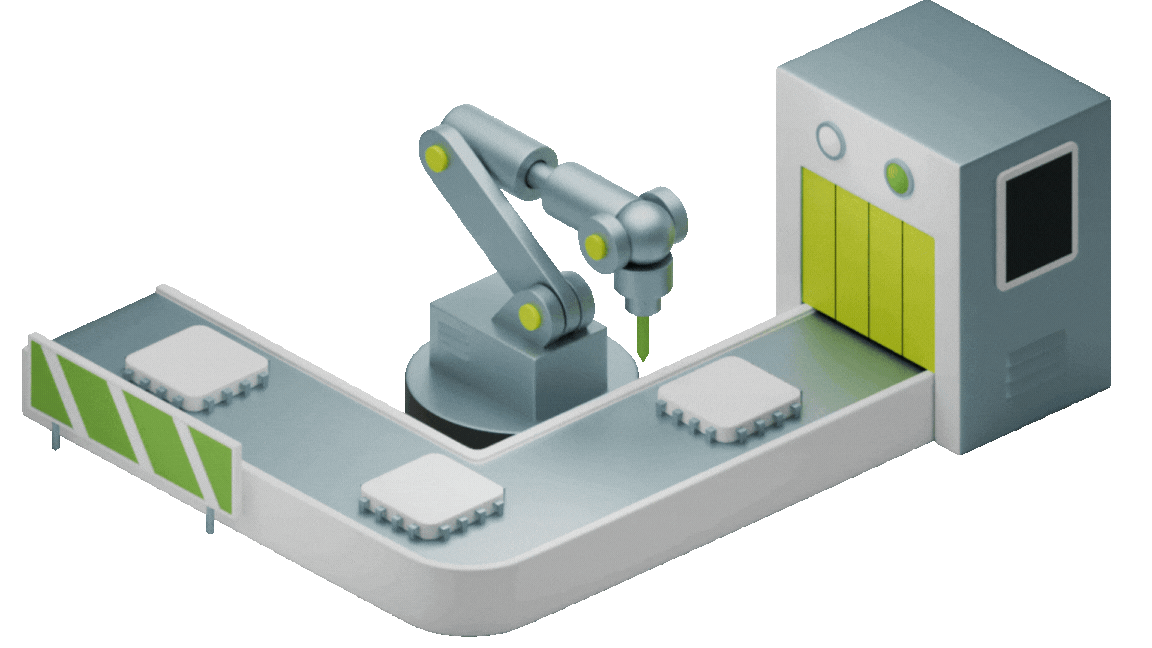

C. AI in Smart Weapons & Ammunition Manufacturing
AI-Optimized Firearm Production – Advanced machine learning models optimize CNC machining, reduce material wastage, and enhance precision in firearm manufacturing.
Automated Quality Control—AI-powered computer vision inspects weapons and ammunition, ensuring each product meets stringent defense-grade standards.
Predictive Maintenance for Weapons Manufacturing – AI-driven analytics detect early signs of machinery wear and tear, preventing unexpected downtimes in production lines.
D. AI-Driven Ammunition Testing & Ballistics Optimization
AI-Powered Ballistics Simulation – Machine learning models analyze factors like trajectory, wind resistance, and impact force to develop next-gen smart munitions.
Automated Ammunition Testing – AI-integrated testing facilities conduct real-time diagnostics on ammunition performance, improving reliability and safety.
AI-Enhanced Supply Chain for Military Gear – Automated logistics predict and optimize the demand for firearms, ammunition, and spare parts, ensuring smooth battlefield operations.
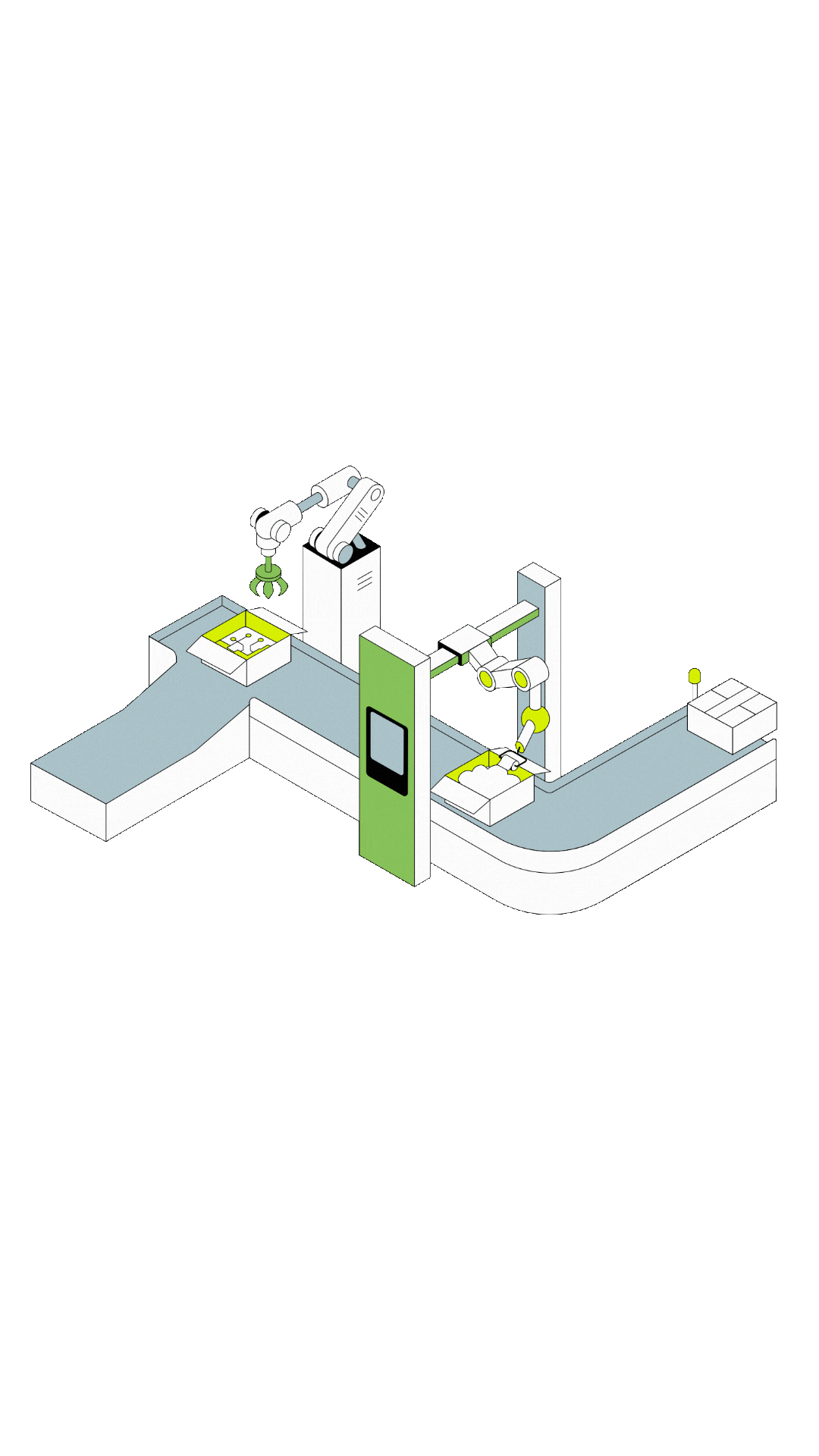

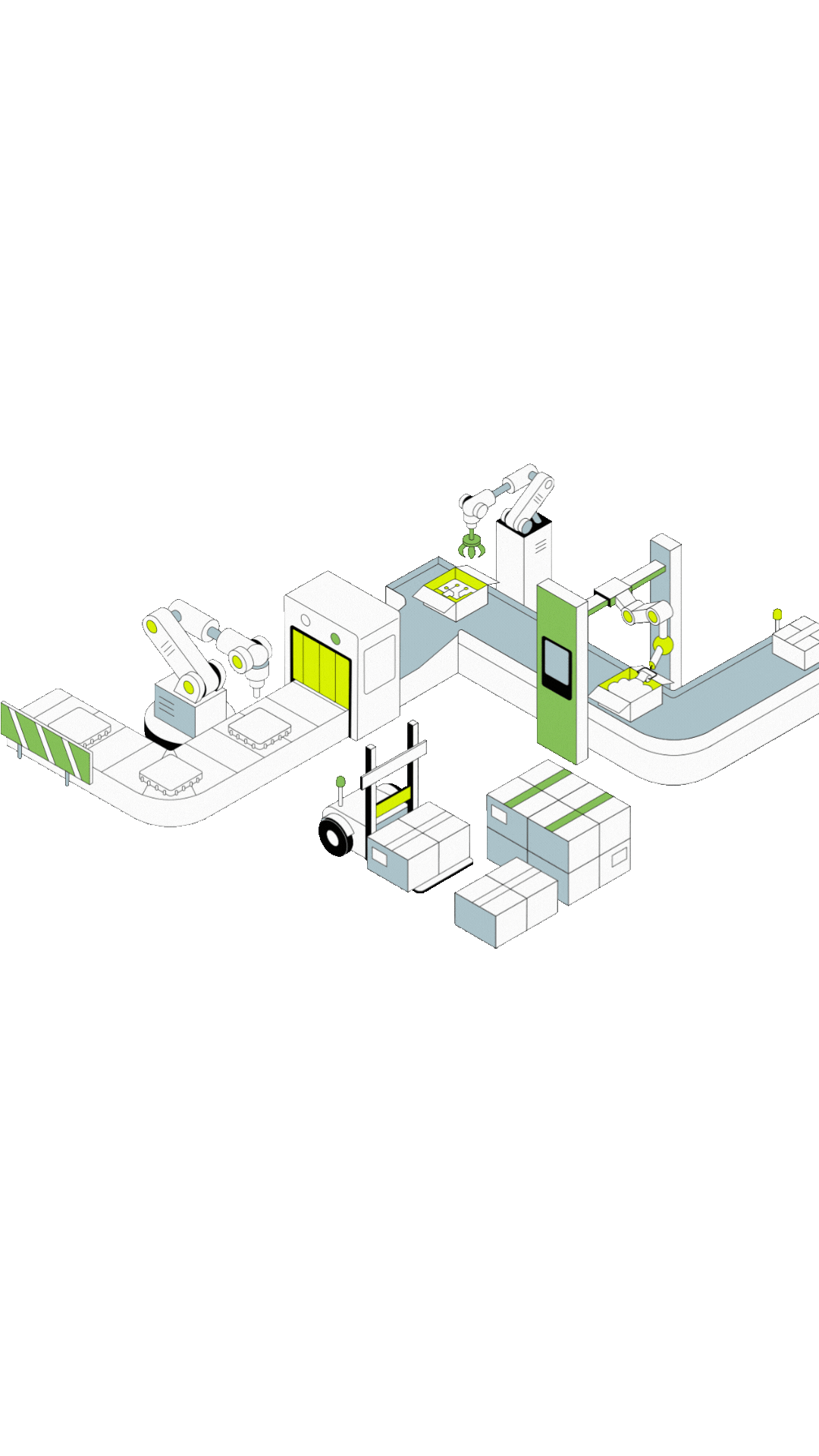

Banking Industry
India’s banking sector is a critical driver of economic growth, with assets expected to exceed $3 trillion by 2025. The rise of digital banking, fintech startups, and regulatory changes is pushing banks to adopt AI and automation for efficiency and security.
Key players include SBI, HDFC Bank, ICICI Bank, Axis Bank, Kotak Mahindra Bank, along with fintech leaders like Paytm, Razorpay, PhonePe, and Zeta that are revolutionizing banking through AI-driven automation
Problem Statement
Despite rapid digitization, Indian banks face key operational challenges:
Manual Loan Processing Delays – Loan approvals involve lengthy paperwork and manual credit risk assessments, leading to delays.
Rising Banking Fraud – India recorded ₹77,000+ crores in bank frauds in 2023, making fraud detection critical.
Inefficient Customer Service – High customer inquiries overload banking staff, leading to slow response times.
Regulatory Compliance Burden – Banks must comply with RBI guidelines, requiring strict monitoring and reporting.


AI Automation Solution
Banks are integrating AI-powered automation in four key areas:
A. AI-Driven Loan Processing & Credit Risk Assessment
AI-Based Credit Scoring – Machine learning models analyze a customer’s transaction history, social behavior, and credit data for instant risk assessment.
Automated Loan Approval Workflow – AI verifies income, employment, and financial health, reducing approval time.
Alternative Credit Scoring for Unbanked Customers – AI uses mobile payment data and spending patterns to assess creditworthiness.
Example: HDFC Bank implemented AI-driven credit scoring, reducing loan approval time from 7 days to under 24 hours.
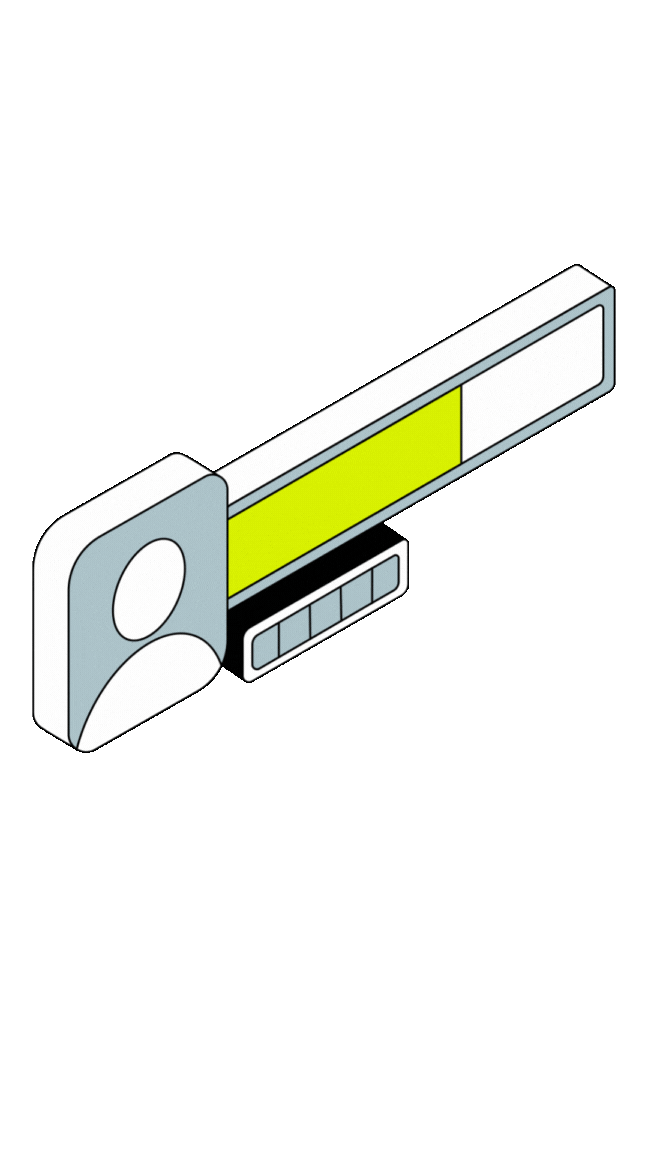

B. AI in Fraud Detection & Risk Management
AI-Powered Transaction Monitoring – Real-time analysis of banking transactions detects suspicious activities instantly.
Deep Learning for Fraud Prevention – AI detects unusual transaction patterns and flags potential fraud before it happens.
Biometric Authentication & AI-Powered KYC – Facial recognition, fingerprint scanning, and AI-driven KYC reduce fraud risks.
Example: ICICI Bank adopted AI-based fraud detection, reducing fraud losses by 30% and saving ₹1,000+ crores annually.
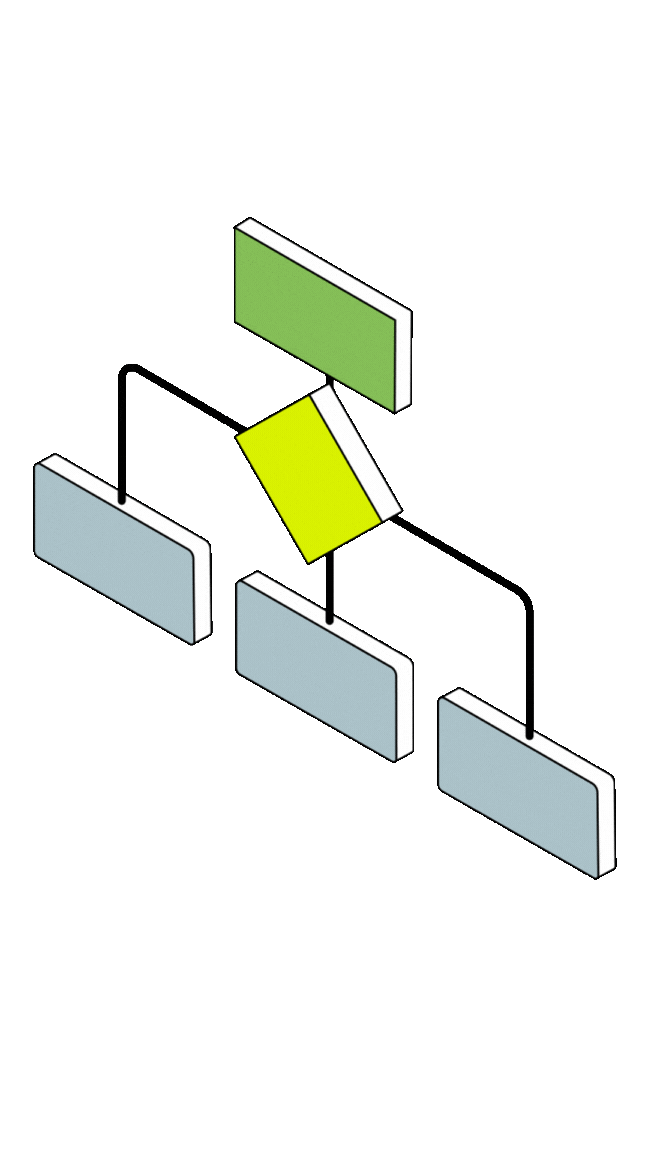



C. AI-Driven Chatbots & Personalized Banking Experience
AI Chatbots for 24/7 Support – Virtual assistants handle queries, reducing customer wait times.
Hyper-Personalized Financial Advice – AI analyzes spending habits to recommend savings and investment plans.
Voice & NLP-Based Banking – AI enables voice-based transactions in regional languages, improving accessibility.
Example: SBI’s AI chatbot YONO handles over 10 million customer interactions monthly, reducing call center workload by 40%.


D. AI for Regulatory Compliance & Risk Reporting
Automated Compliance Reporting – AI ensures that transactions comply with RBI & SEBI regulations, reducing human errors.
AI-Powered Anti-Money Laundering (AML) Detection – AI flags suspicious transactions in real time.
RegTech & AI Auditing – AI automates financial audits and risk assessments, improving compliance efficiency.
Example: Axis Bank uses AI-based compliance automation, reducing manual regulatory reporting time by 60%



